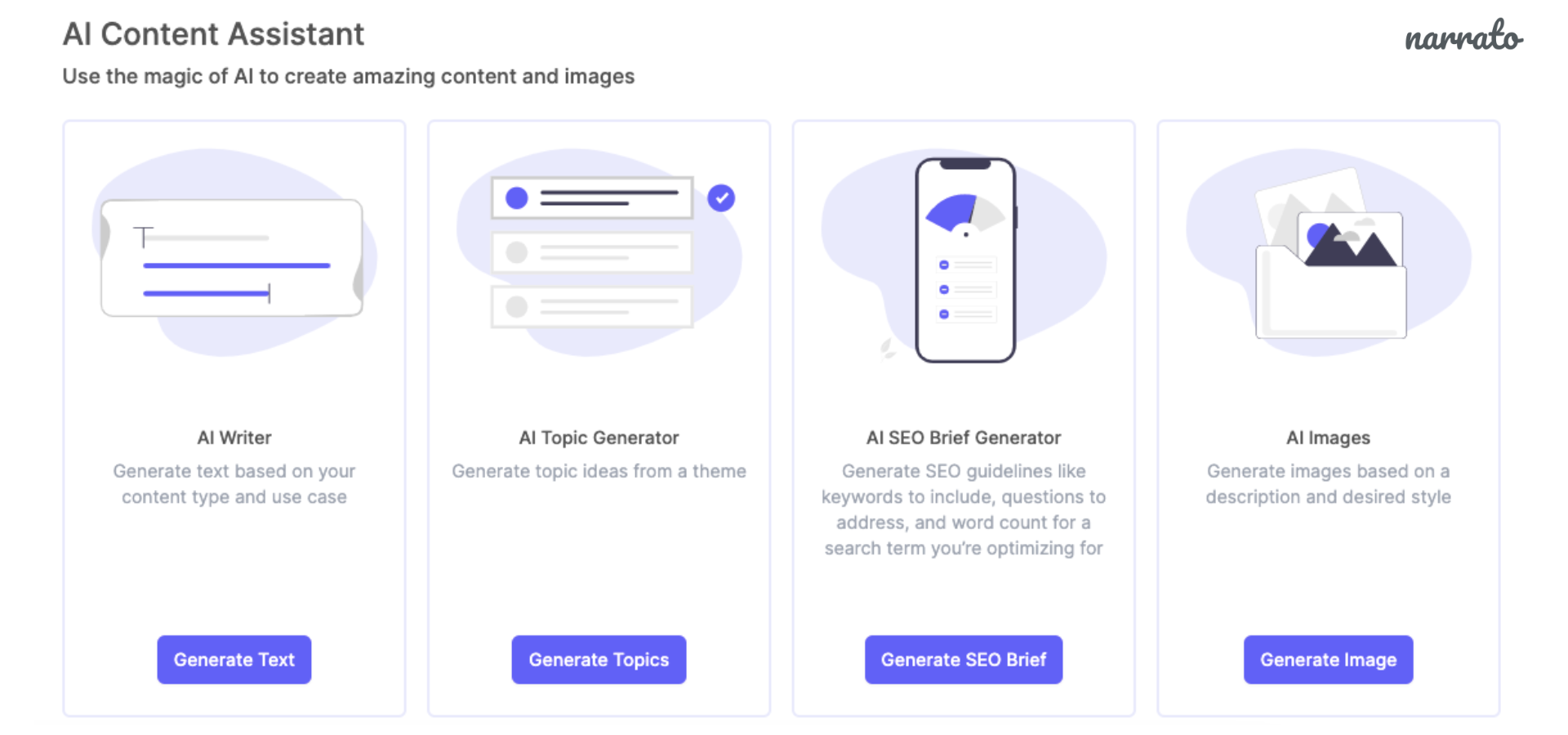“Out of sight, out of mind” – This phrase perfectly captures the fate of many well-written blog posts and content pieces that get lost in the vast ocean of digital content. You think you’ve used all the right search engine optimization (SEO) techniques and crafted the perfect SEO article. But it seems no matter how hard you try, your content is getting buried in the search results, never to be found by your target audience.
Don’t fret! We’ve got some great SEO content writing tips for you. But we are not going to talk about keyword optimization, meta description writing, title tag/headers/alt text optimization, and the usual SEO content writing tips that are known and used extensively. This blog post is dedicated to SEO content writing tips that are not known by most people. And while these tricks may be lesser known, their impact on your content’s visibility is undeniable.
Armed with these SEO content writing strategies and tips, you’ll be able to build a robust SEO content strategy and create SEO-friendly content that hits the mark every time. So, let’s dive right in!
5 Lesser-Known SEO Content Writing Tips to Boost Online Visibility
1. Infographics: Your Secret Weapon for Better Backlinks
If your blog incorporates visually appealing elements such as images, videos, and especially infographics, you can expect a significant boost in search rankings. Google rewards websites that offer rich media content. But there’s more to infographics than just improving your search visibility. They have an additional advantage: they tend to be shared across various websites. As a result, you’ll gain valuable inbound links that can further enhance your rankings. And now, there are tools like Canva and Visme to help you create beautiful infographics that really stand out.
2. Avoid internal link spamming
Internal links serve two purposes: they help visitors navigate your site easily, and they assist search engines like Google in understanding your site structure. However, it’s essential to be cautious of “internal link spamming,” which involves excessively linking keywords to different web pages on your site.
To strike the right balance, it is recommended to limit yourself to three internal links in shorter blog posts (400 words or less) and five in longer blog posts. By mastering the art of internal linking, you can enhance user experience and improve your website’s visibility in search engine rankings.
3. Optimize Content for Featured Snippets
Featured snippets are a prominent feature of search engine result pages. These are snippets of content that appear on top of the search results whenever you run a query on Google. To optimize for these snippets, structure your content to answer frequently asked questions related to your topic. Implementing schema markup, using header tags, and providing concise answers can help your content get featured, leading to increased visibility and credibility.
4. Optimize for Voice Search
With the proliferation of smart assistants, voice search is becoming increasingly popular. Optimize your content by incorporating natural language, long-tail keywords, and question-based queries that align with how people speak. Providing concise and direct answers to commonly asked questions in your content can significantly enhance its visibility in voice search results.
5. Use Social Media as an SEO Ally
While social media signals don’t directly impact search engine rankings, a strong social media presence can indirectly boost your SEO efforts. Share your content on various social media platforms, engage with your audience, and encourage them to share and link back to your content. This helps generate more traffic, increase brand visibility, and signals to search engines that your content is valuable and deserves a higher position in search results.
Cover the Basics of SEO Content Writing with SEO Tools
Before you employ these tips, it’s important to cover the basics of the SEO writing process. And with SEO tools like Narrato, optimizing your content for search engines becomes a whole lot easier. Narrato offers a unique SEO content brief generator, that gives you a complete overview of everything you need to build the perfect SEO article. It gives you a target word/para/heading count, a list of keywords, references, questions to include, and more. There’s also a live SEO score to keep track of your optimization efforts.

Besides this feature, Narrato offers a suite of fantastic AI tools, that are a part of the AI Content Assistant. There is the AI Images tool, AI Topic Generator, and the fantastic AI Writer, which works as an excellent SEO writing assistant. It comes with 50+ use cases to help you with SEO copywriting, blog writing, and everything in between. You can also use the AI Chat on Narrato for SEO content creation, with some great ChatGPT prompts for SEO content creation that will give you amazing outputs.
Wrapping Up
Incorporating these SEO content writing tips will set your content apart from the competition, increasing your online visibility, organic traffic, and engagement. But remember: While search engine optimization is essential, it should never compromise the quality of your content. By striking the right balance between SEO techniques and good content creation practices, you can achieve long-term success in the ever-evolving digital landscape. So, go ahead and implement these strategies to boost your online presence and reach a wider audience. Happy SEO writing!
